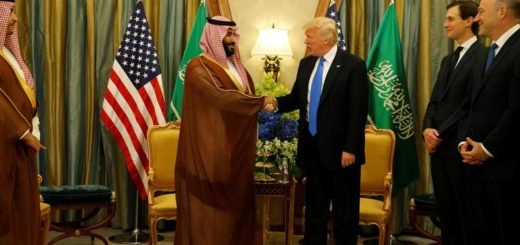Afghanistan Needs Radical Economic Planning

In most of modern history Afghanistan has been a less developed economy, at some instances more underdeveloped than others, the problems with the Afghan economy, despite being home to rare mineral deposits that are worth trillions of dollars according to US surveys, is that it is yet to find a stable and sustainable source of growth that could lead Afghanistan into an era of economic prosperity.
Afghanistan’s economy faces a myriad of challenges from corruption to security challenges and difficult business laws, all of these factors combine to make the already weak economy even worse.
In the era before the Saur revolution where Afghanistan enjoyed a rather short-lived time of peace and stability, some economic plans were put to an application, notoriously the American backed Helmand Valley Authority and the Soviet-backed Agricultural revolution, both put in action by the martyred Sardar Daud Khan.
The Helmand Valley Authority that was modelled after the Tennessee Valley Authority, helped provide irrigation for thousands of hectares of land but the Agricultural revolution which was put in action with Russian aid that proved rather successful in Central Asian countries did not yield the same fruit, yet helped the Afghan economy nonetheless.
In the communist regime and the Mujahideen and Taliban regimes following afterwards, Afghanistan saw the collapse of all foundations for economic growth as war took its toll not only on the lives of Afghans but also their and the government’s pocket.
Post-Taliban era, Afghanistan saw an influx of aid in billions of dollars, Afghanistan saw a GDP growth of over 10% each year, largely owing to the international aid programs and the military expenditures yet more than 200 billions of dollars of the aid money came and went, and went mostly in the pockets of corrupt politicians and warlords, but as the US and NATO start to limit both their military presence and the international aid, these number are starting to dwindle, GDP growth went into negative numbers in 2015 and currently stays in 3 to 4 percent a small number considering the GDP in total is very low, the Afghan currency has devalued severely and the ever desperate need for a stable source of growth becomes ever more desperate.
Historically the indicator for the economy of a region or country has been its labour force, which was the prime reason China and India were the richest countries if assessed historical but after the industrial revolution productivity became the prime indicator of the economic situation. The formation of the East India Trading company and the events that followed proved it as Britain became the richest country despite having a small population, Britain produced all different kinds of things and their colonies that previously only served the purpose for source of looting and a source of soldiers, primarily became a market for its products. In modern times the scale between production and labour has tipped heavily in favour of products even more interesting is that these products are not only material but some in the form of services making the heavy industry less important than it was in the earlier century.
We live in times where people like Jeff Bezos are worth 4 times the Afghan GDP, where enterprises like Royal Dutch Shell make up 60% of the country’s (Netherlands) economy, most of the global economy is dominated by international enterprises and companies, which is the reason why the 1% of the population is worth as much as the rest of 99% of the population.
Coming back the situation in Afghanistan, the leadership in Afghanistan needs to think outside of the conventional economic box, and put in action a radical tactic for economic growth, instead of spending both time and money. Making Afghanistan more secure for foreign Investment or waiting decades and hope for the local business to flourish enough to become players in the international market, The Afghan leadership should adopt a radical plan to create businesses and enterprises, the Afghan government should make a separate organization for the establishment of different enterprises in multiple sectors of the industry (simple industry progressing into heavy industry), adopting international and quality marketing tactics to not only take over the national markets but spread to nearby markets.
The lack of technical staff such as the CEO or others should be helped by bringing in foreign experienced staff and maybe even given a small share of the company to assure their competency.
Such enterprises will interweave with each other in their success e.g. the Advertising of Marketing sector will result in the success of all these other sectors.
The example for target industries should be Chains of Hypermarkets copying Walmart, Electronics, Marketing Companies, an organized oil and petroleum, provider, chains of restaurants, banking, transportation, entertainment and many other sectors
In most of these sectors, a player on a national level is either not present or not competent enough to have a worth notable.
Many challenges will persist along the way such as security and corruption but an establishment of a completely separate organization within the government should be helpful with this cause, a detailed plan is present and is with the writer
The need for the application of such plans seems ever so desperate, implementation of this radical plan if correctly implemented should help the economy grow at a substantial rate and a rate enough to pull the economy from crisis to development.



















